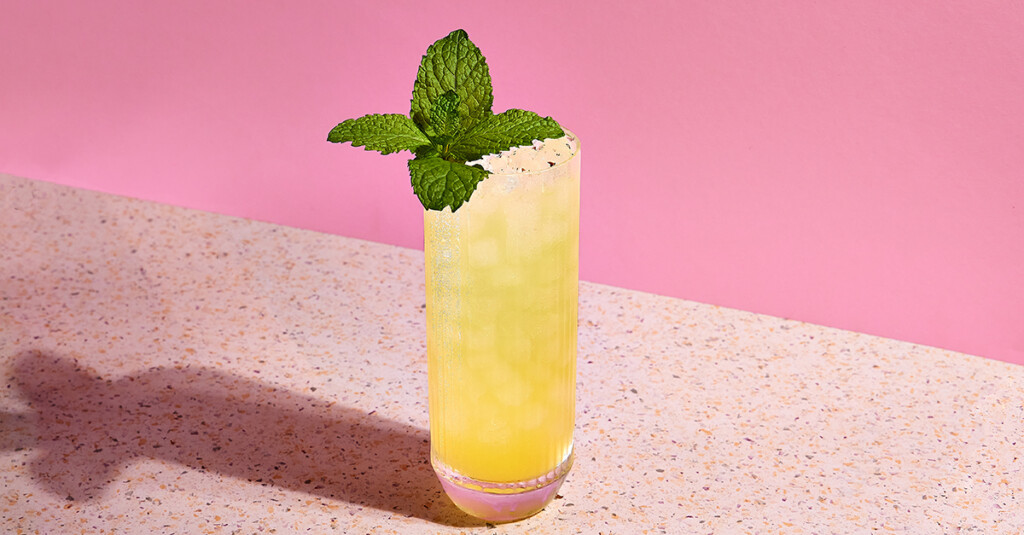The Story Behind The Chartreuse Swizzle
Just like the Piña Verde, this modern classic brings green Chartreuse into the tiki-verse. The herbaceous French liqueur lays the drink’s foundation while pineapple juice, lime juice, and Velvet Falernum add a tropical brightness and a nutty sweetness. A garnish of fresh mint and grated nutmeg emphasizes the cocktail’s aromas.
The Chartreuse Swizzle was invented by San Francisco bartender Marcovaldo Dionysos in 2003. According to Robert Simonson’s book “Modern Classic Cocktails,” Fernet and Chartreuse were all the rage at the time, and both were considered “bartender’s handshakes shots” in the California bar scene. Dionysus was no exception to this craze, and he participated in a Chartreuse-sponsored cocktail competition for five years straight, placing among the top three finalists every time. By the fifth year, he was having second thoughts about entering, but joined at the last minute after being encouraged by one of the event’s organizers. The result was the Chartreuse Swizzle, and Dionysus took home the gold.
The drink made its menu debut at Harry Denton’s Starlight Room, where Dionysos was working at the time. There, it enjoyed mild success, but its boom in popularity came in 2008 when it appeared on the opening menu of San Francisco’s Clock Bar, the brainchild of celebrity chef Michael Mina. Since then, the Chartreuse Swizzle has taken on a life of its own, showing up on bar menus all over the world.
Green Chartreuse’s notes of basil, pine, and light citrus make an unlikely but perfect companion to the tropical pop of pineapple juice. Lime juice adds a balancing zip of acidity, and Velvet Falernum, a spiced Caribbean sugar cane liqueur, accentuates the drink’s sweet components while adding robust clove undertones. The “swizzle” element is also emblematic of classic tropical rum beverages, such as Trinidad’s Queen’s Park Swizzle and Martinique’s Ti’ Punch. Both cocktails employ the use of swizzle sticks, whose roots trace back to 17th century rum plantations in the West Indies.
While the first swizzle sticks were made from the frayed branches of Quararibea turbinata, a.k.a. “the swizzle stick tree,” modern iterations of the tool are typically made from plastic, glass, or stainless steel. However, some barware companies out there sell hand-harvested custom swizzle sticks made from actual Quararibea turbinata branches. Regardless of source material, a swizzle stick is designed to be inserted into a glass full of ingredients — frayed side down — and rolled back and forth between the bartender’s hands to mix the drink. All in all, the Chartreuse Swizzle is a simple drink to make, but its flavor profile is anything but.
